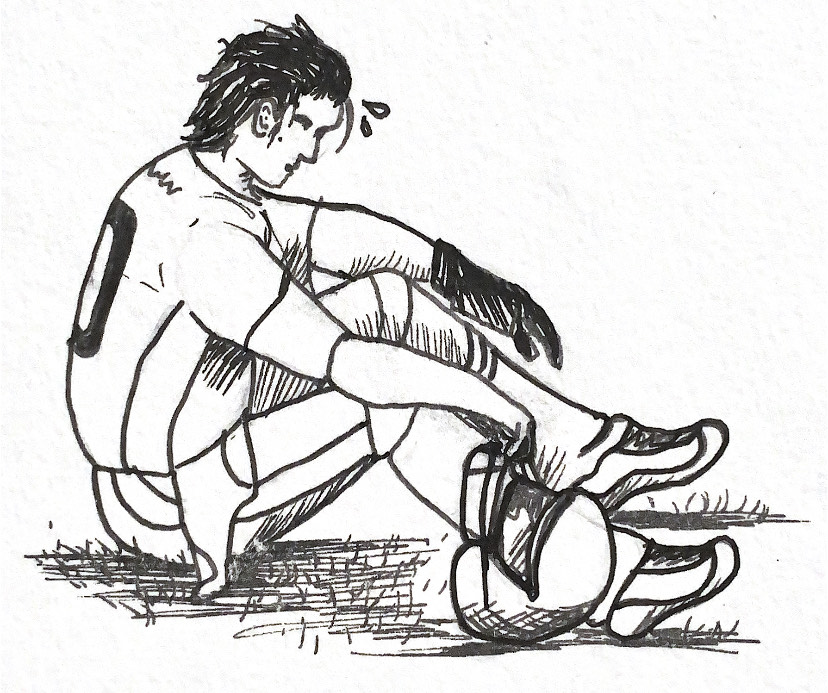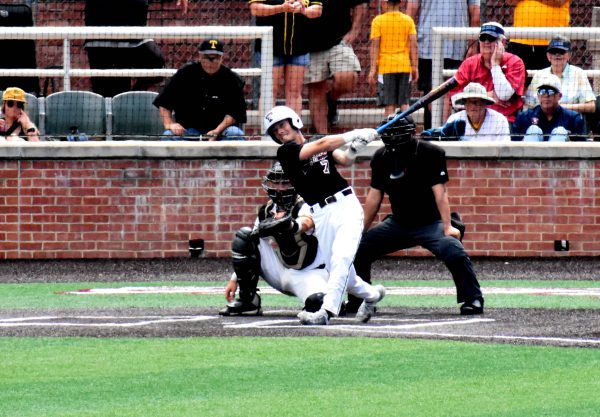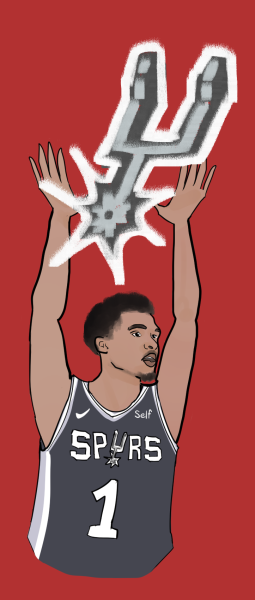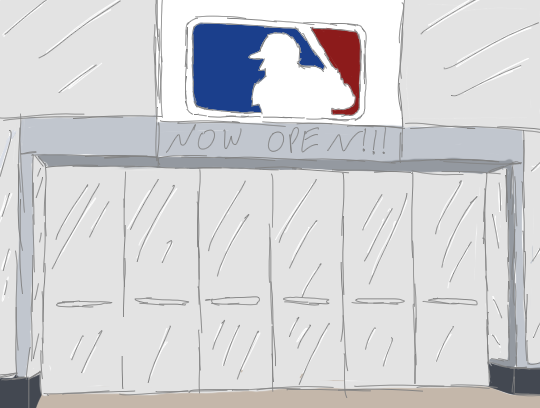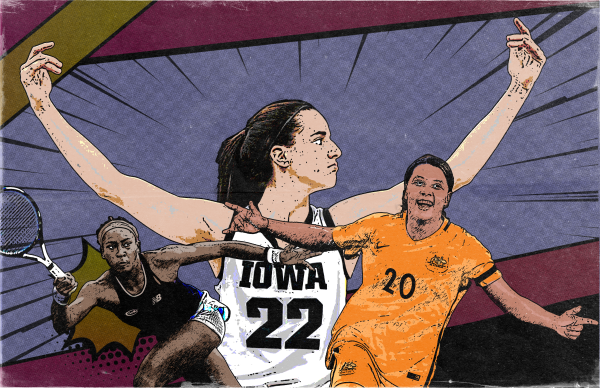An untimely end: How NFL injuries negatively affect long-term health
The forced retirement of Byron Jones reignites the conversation surrounding the NFL’s injury problem
When NFL fans opened Twitter on Feb. 25, they would have seen two tweets by Miami Dolphins cornerback Byron Jones that reignited conversations about the personal cost of sports. It is no secret that contact sports, like football, have incredible costs in regard to long-term health. Concussions and CTE have taken the majority of focus over the last few years, but the long-term effects of sports, injuries, extend far beyond the brain.
After missing the entirety of the 2022-23 NFL season from an achilles surgery, Jones broke his silence in response to a tweet from the NFL combine. The original tweet showed Jones’ record-breaking broad jump of 12 feet and three inches — an unofficial world record that still stands today. In his response, Jones stated, “Much has changed in 8 years. Today I can’t run or jump because of my injuries sustained playing [football].”
“It was an honor and a privilege to play in the NFL,” Jones added in a later reply. “But it came at a regrettable cost I did not foresee. In my opinion, no amount of professional success or financial gain is worth avoidable chronic pain and disabilities.”
Jones’ statement renewed the conversation surrounding post-career health for athletes, particularly for football players. Data from the NFL itself reveals that almost 70% of NFL players are injured in a given season. According to a 1990 study by the NFL Players Association (NFLPA) and Ball State University, 65% of surveyed players had suffered a “major” injury which is defined as an injury causing them to miss eight or more games. Of that 65%, around half of the players from the 1970s and 80s stated they retired due to injury. Over 60% of players reported that their injuries had a negative effect on their ability to engage in physical activity, with a 1994 follow-up revealing that an incredible 47% of athletes suffered from arthritis. Many have contributed these figures to the advent of turf fields, but the issue goes far beyond the playing surface.
Per the National Institute for Occupational Safety and Health, a study of 3,349 NFL players revealed that while players may live longer (on average), they have three times the risk of dying due to a neurodegenerative disorder. In addition, the risk of dying from Alzheimer’s or ALS was almost four times that of the average American male.
The recent headlines around physical health in the NFL have caused a number of fans and players to point the blame at team doctors. In some cases, this blame is warranted. In 2020, then-Chargers quarterback Tyrod Taylor was sidelined for multiple weeks after a team doctor accidentally punctured his lung attempting to inject painkillers for a cracked rib. Earlier this year, the Miami Dolphins faced extreme criticism from fans across the country for allowing quarterback Tua Tagovailoa to return from a concussion, only for the third-year player to suffer a horrifying concussion the following week. Jones himself pointed the finger at team doctors.
“Do not take the pills they give you,” Jones said in a message to other players. “Do not take the injections they give you. If you absolutely must, consult with an outside doctor to learn the long-term implications.”
With that said, team doctors are not entirely responsible for these injuries. A review of the last decade revealed that ACL injuries across the board have spiked, affecting every team since 2013. League-wide ACL tears were down in 2014 to a low of 18 total but quickly spiked in 2016 to 44. The Chargers were most responsible for this figure (suffering eight ACL tears of their own), but the league as a whole went through its worst year in 2018 with 52 tears. Thankfully, ACL tears have been down across the board since then, with only 31 torn ACLs in 2022.
Despite this progress, the figures point to a concerning trend surrounding the NFL and sports as a whole. While injury prevention and recovery have never been better, the post-retirement struggles sustained by athletes are often overlooked. The league has worked tirelessly to prevent injuries in recent years, but the fact of the matter remains that post-retirement difficulties will only continue. The warnings from Byron Jones, one of the most talented draft prospects in recent years, only highlight such concerns for the future of athletes in the NFL.
As Byron Jones ended his statement, he directly addressed the next generation of NFL superstars. “Godspeed to the draft class of 2023.”

Hey! I'm Caleb Reed, and I'm the new Sports Editor for the Trinitonian this year. I love all kinds of sports and I've got a passion for both commentary...

